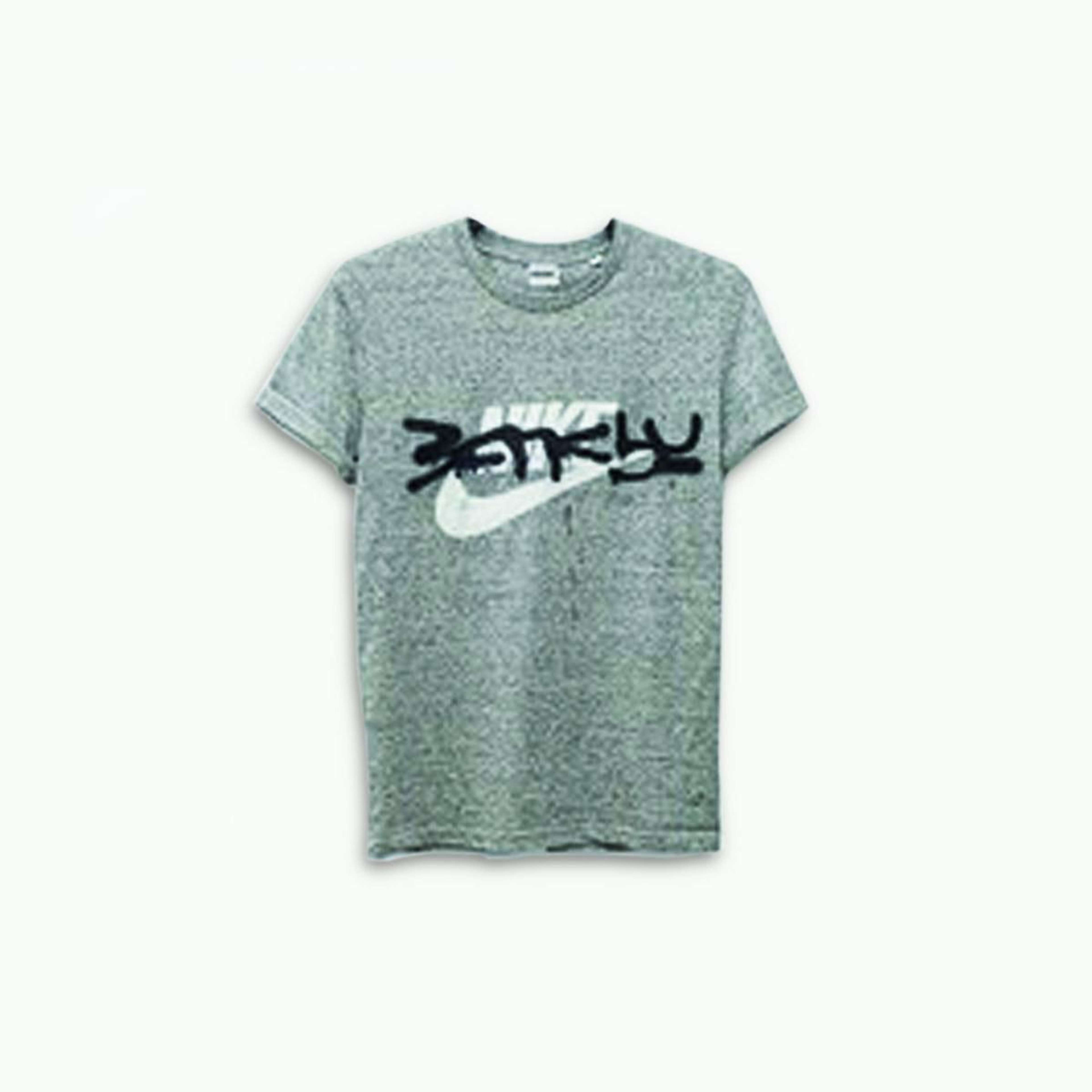
Banksy™ Tagged tee

Banksy™ Tagged tee
Mixed Media
Banksy
Price data unavailable
There aren't enough data points on this work for a comprehensive result. Please speak to a specialist by making an enquiry.
Mixed Media
Meaning & Analysis
Banksy's Tagged Tee, sold through Gross Domestic Product in 2019, satirizes trademark rules by vandalizing second-hand shirts with the artist's tag. By obscuring brands only partially, Banksy comments on designer labels' status and pokes fun at his own name insertion, driven by the desire to reclaim his copyrighted status.
Banksy’s Tagged Tee is a tongue in cheek piece from the notorious street artist whose anti-consumerist and anti-art market outlook pervades his entire oeuvre. Here, the artist has taken a series of second-hand tee shirts featuring well-known brand names and applied his own distinctive tag to the existing logo. By only half obscuring these brands he ensures they remain visible, commenting on the status attached to wearing certain designer labels and at the same time poking fun at his own insertion of his name on an item of clothing.
The original description for the piece on his online store, Gross Domestic Product, where it was first sold, states that the piece is ‘An attempt to fulfil the trademark requirement to sell clothing with the artists [sic] name written on’. In this way Banksy appears to be critiquing artists such as KAWS or Damien Hirst who sell tee shirts with their names or artworks on them while at the same time capitalising on this very trend. He also appears to be referencing the power of the readymade, an idea first explored by Marcel Duchamp who took everyday objects and added his signature to them, thus turning them into works of art. Here Banksy has elevated the humble preloved Nike tee shirt into a unique piece of art, further enhancing its status as an artwork by informing the buyer that it might not be a good idea to wash the piece as the spray paint may run, thus emphasising its impracticality as a garment, and aligning it with a piece of conceptual art that will never be worn by the buyer.
Interestingly, the tag emblazoned on the shirt is recognisable as an evolution of the original Banksy logo, its letters stripped back and now sprayed or painted freehand, rather than looking like a stencil. This decision to make the tag seem more ‘handmade’ may reflect Banksy’s comment on the website that ‘All the products are made in an art studio, not a factory.’
Many other pieces from GDP were made from found objects such as house bricks, handbags, spray paint cans, television sets and even a police riot helmet. These items caused much excitement among the public upon their launch in October 2019. Displayed in a temporary showroom in Croydon, South London, the artworks became collectables overnight with fans flocking to the GDP website to enter a lottery system to be in with a chance of purchasing one. In this way Banksy eschewed the traditional retail model, preferring instead to make potential collectors go through an application process. As well as sorting the wheat from the chaff this also ensured the shop went viral, leading to headlines both praising and criticising his latest stunt.